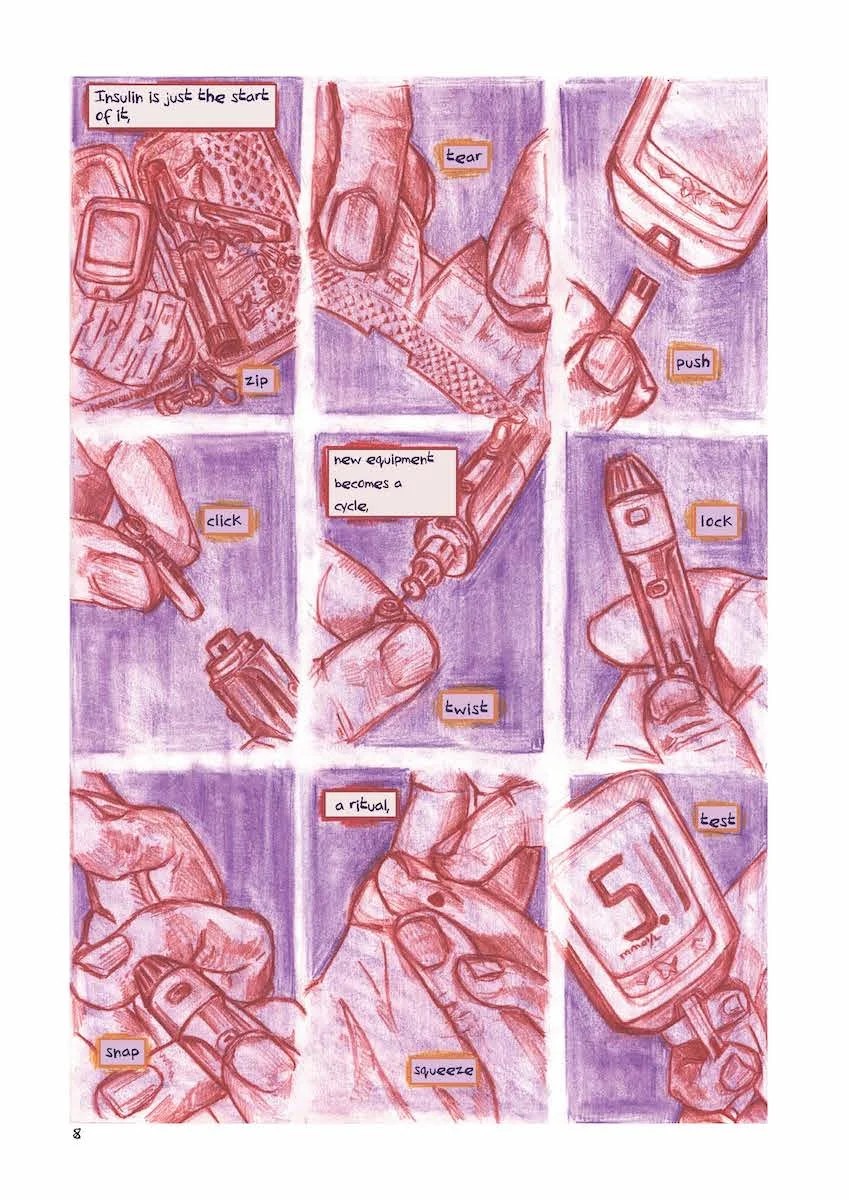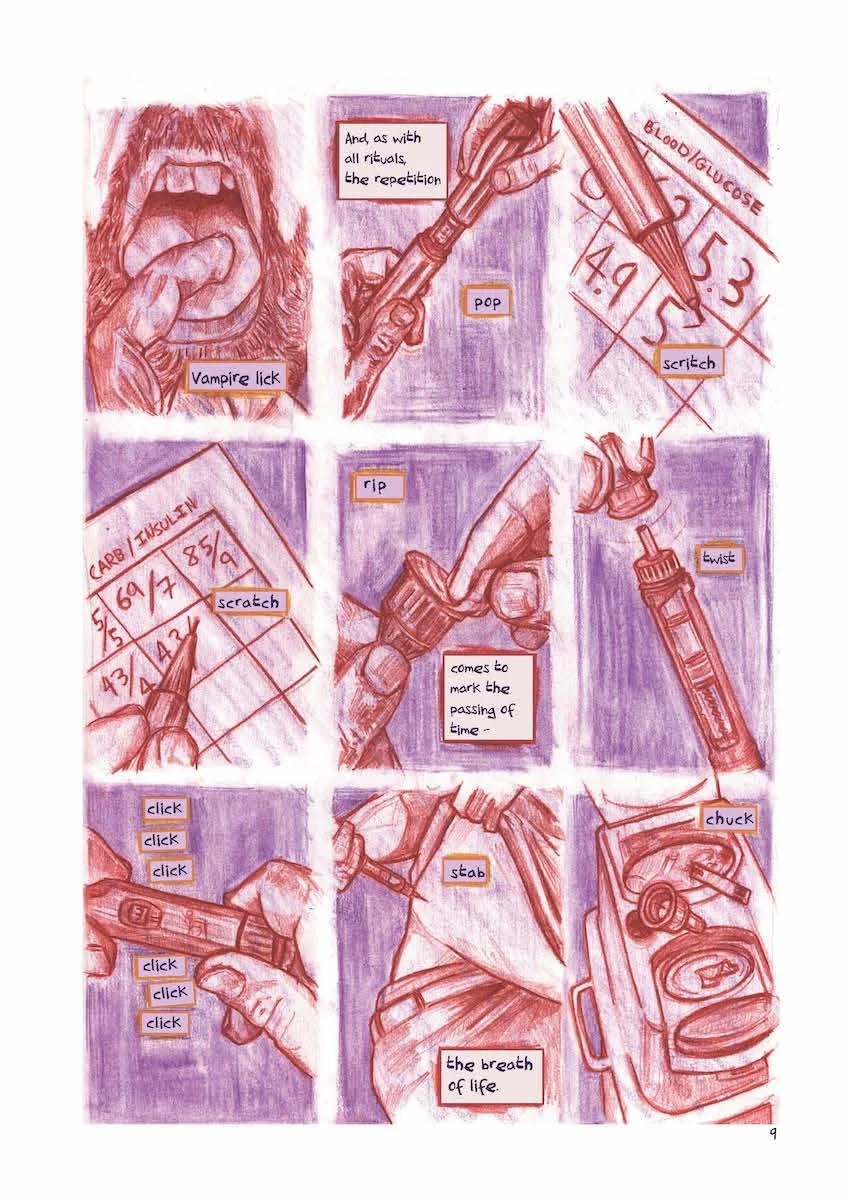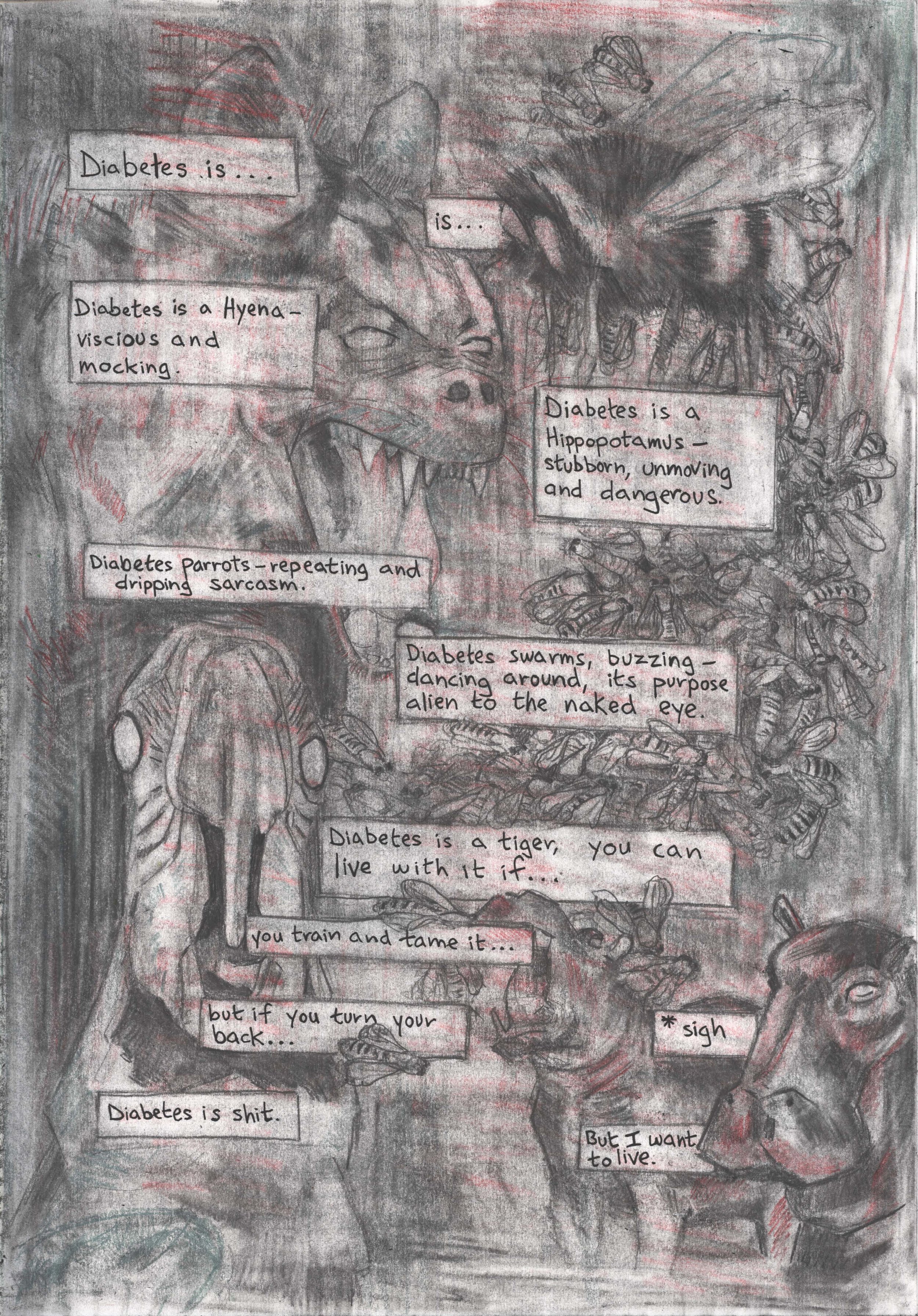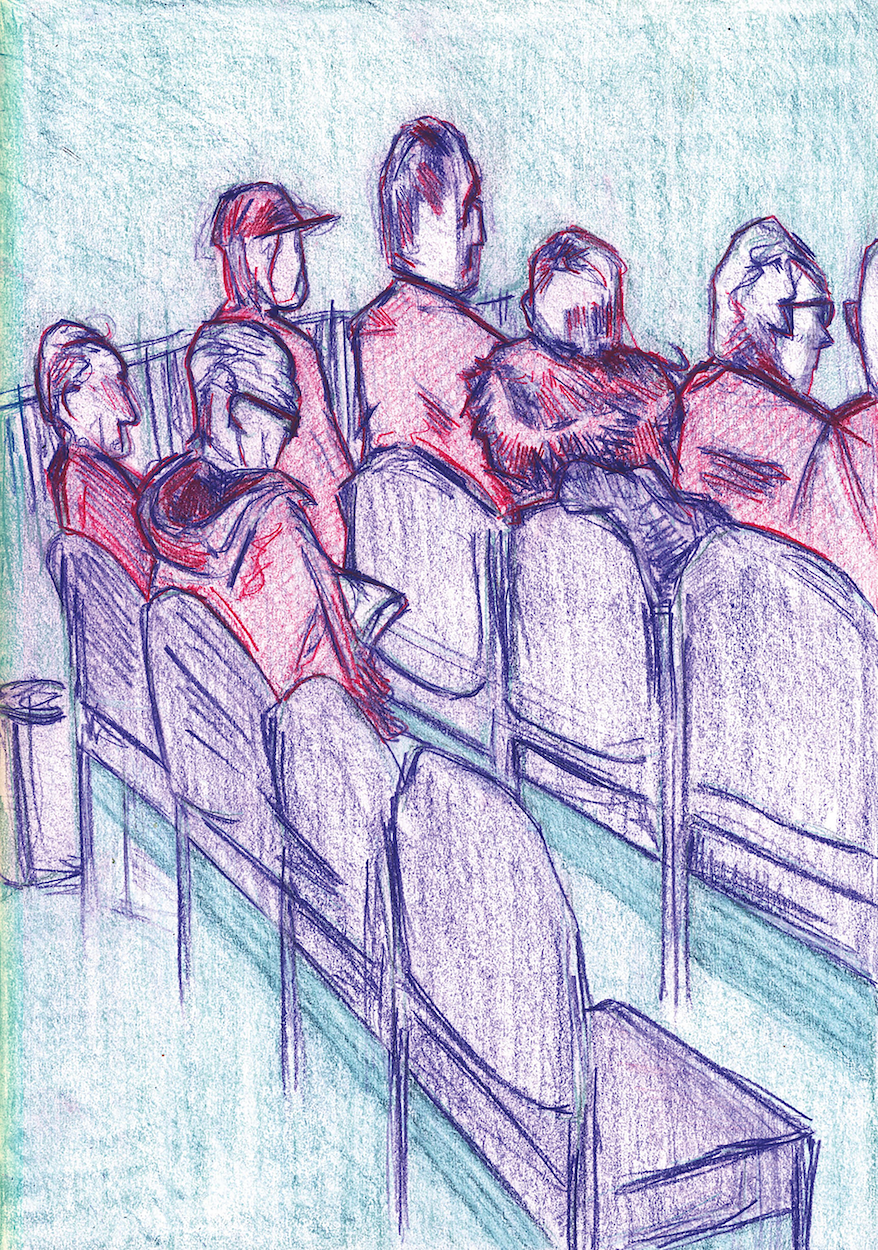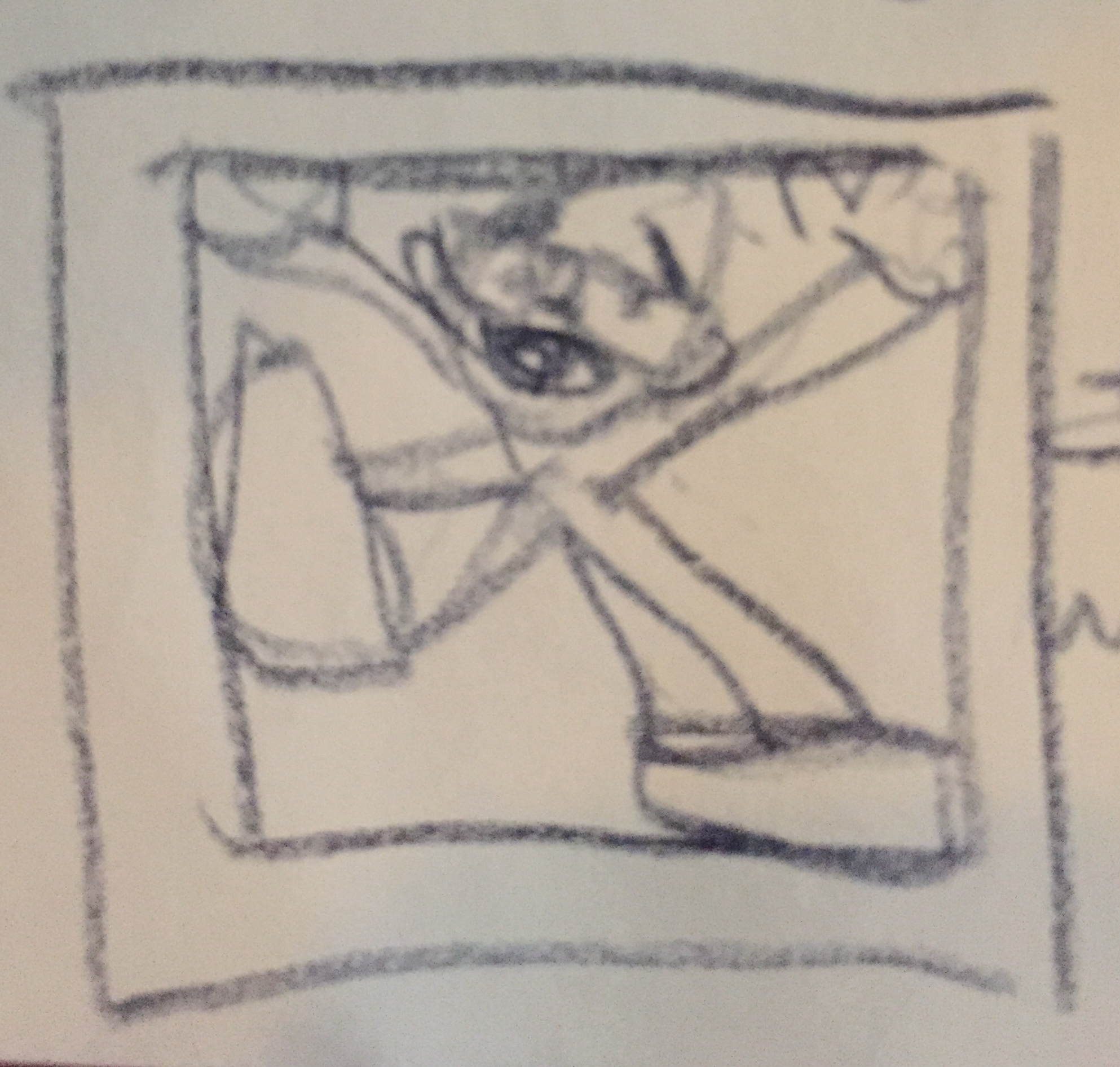Draw disease - go on. Pick up a pen, pencil, piece of charred wood or whatever and make a mark that represents an illness. Now step back.
Here it comes.
A flood of doubt, angst and bewilderment crashes into you. First, of course, there’s the normal creative crisis of confidence - spotting the flaws in technique and denying your own ability; but then comes the tumult of responsibilities: to others with the disease, to the people working in research and healthcare, to your own sense of self - and your own truth, and to society in general!
At this point drowning is a very real possibility, so just as water began to seep into my mouth I started to draw. Splashing around desperately I grabbed hold of a quote I found which likened diabetes to a “tiger”, and drew a page that I didn’t use (see previous post The story of now ), which tried to find animals as similes or metaphors for type 1 Diabetes. It didn’t work - for many reasons, but one of the most obvious was that the animals just didn’t really fit, and because of that any “clever” metaphor linked to qualities associated with the animals seemed, well, trite. This in turn I suspect fed into the muddled composition of the page.
So what did I do? Well some animals were used - bees, the parrot in my previous posts, an octopus - really as a pun for the experience of an ECG, but ultimately I found the best way to represent my experience was through the nitty-gritty of the stuff that surrounds type 1 Diabetes. That’s not to say I didn’t use metaphors - nah, there’s loads; but I think they came to expand on the moments, not substitute for them.
My favourite page is this one [fig.1],
fig.1: “Diabetes: Year One”, page 11
I like it because of the enjoyment of drawing this new landscape: because of the working out the perspectives and the shapes, of finding the logic in the clutter; for the body movement, and for the unintentional, but definite presence of Harold Lloyd in the slapstick of the progression through the panels. The page is both distopian and ridiculous, catoony and intricate, bleak and optimistic.
So by making the objects the metaphor, I believe I can express more about the disease than by trying to create analogous connections. In dealing with the complexity of how it is to me I can say more to others, than by trying to spell it out.
Other pages have a similar approach - the daily details with a twist [fig.2],
fig.2 “Diabetes: Year One”, page 18
where my equipment is infused with the whimsical unpredictability of The Discworld’s Luggage. Here is the absurdity that comes with the loss of control and the danger that lurks.
Other pages start by taking the real and applying comics [fig.3], imposing geometric panels to eek out and disrupt the moment of the everyday.
fig.3. “Diabetes: Year One”, page 18
This page dwells on the quality of time as it relates to my Diabetes, whilst also it giving a hint of my obsession with post-it’s; an obsession that comes from a disease that is managed and checked and assessed all the time at some level. The pieces of debris and the notes are the manifestations of that reality. A reality that only hints at the toll mentally. My mantra, since diagnosis, has been ‘make sure I’m prepared to be spontaneous’. A paradox that can ensure I do what I want to do, but drives me crazy when I fail to do it.
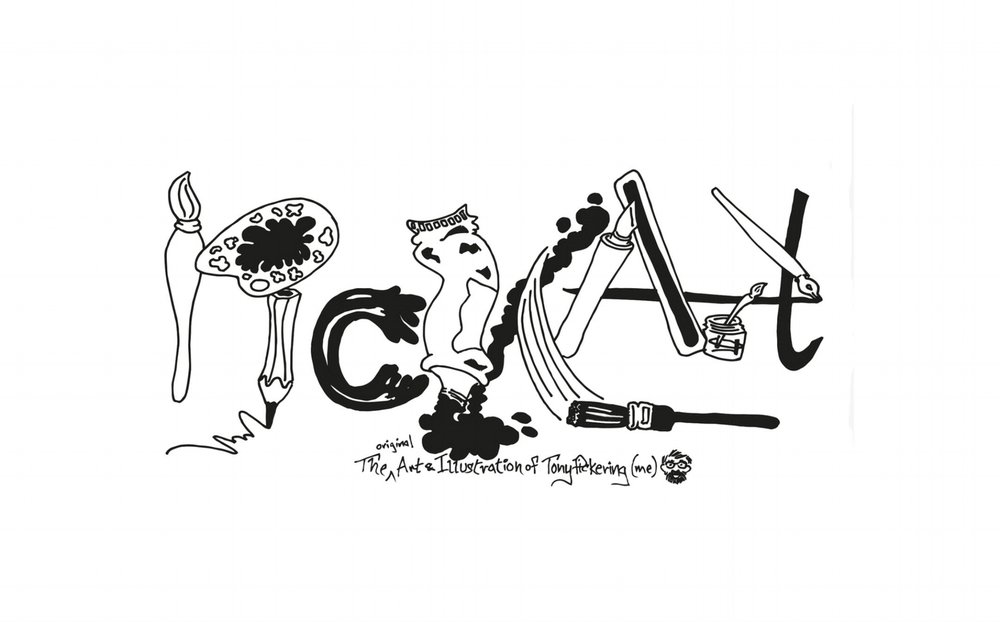
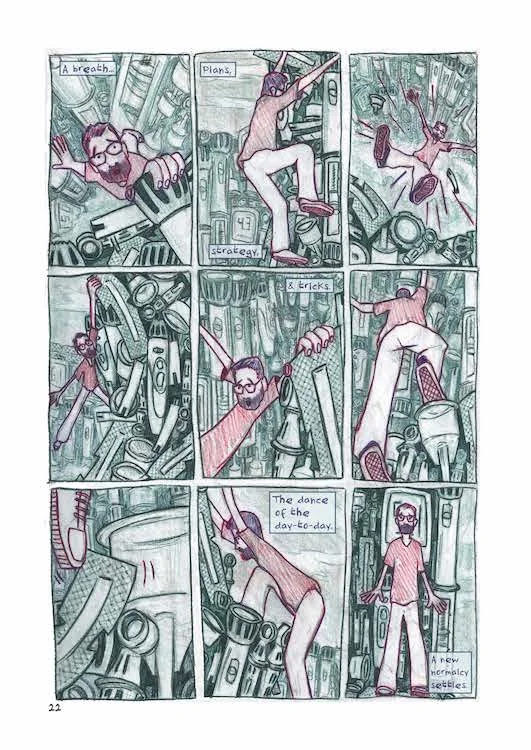
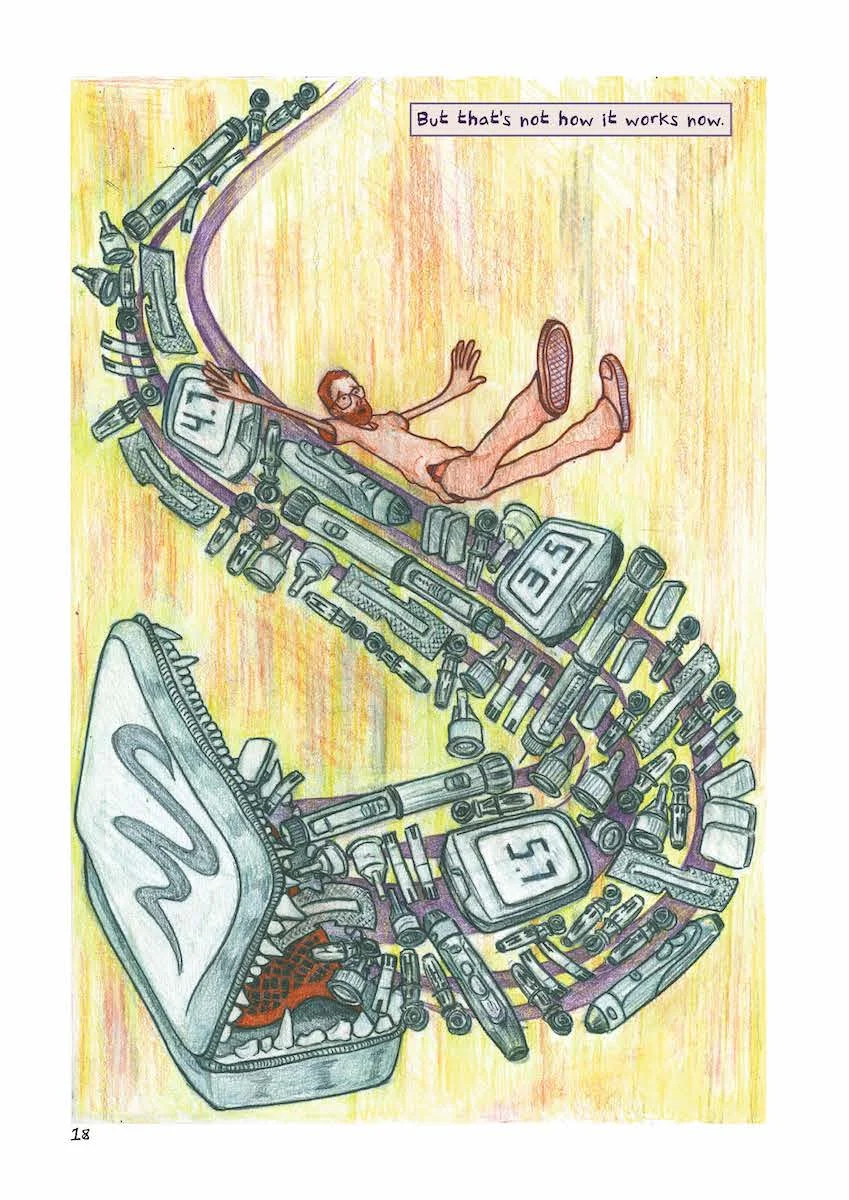
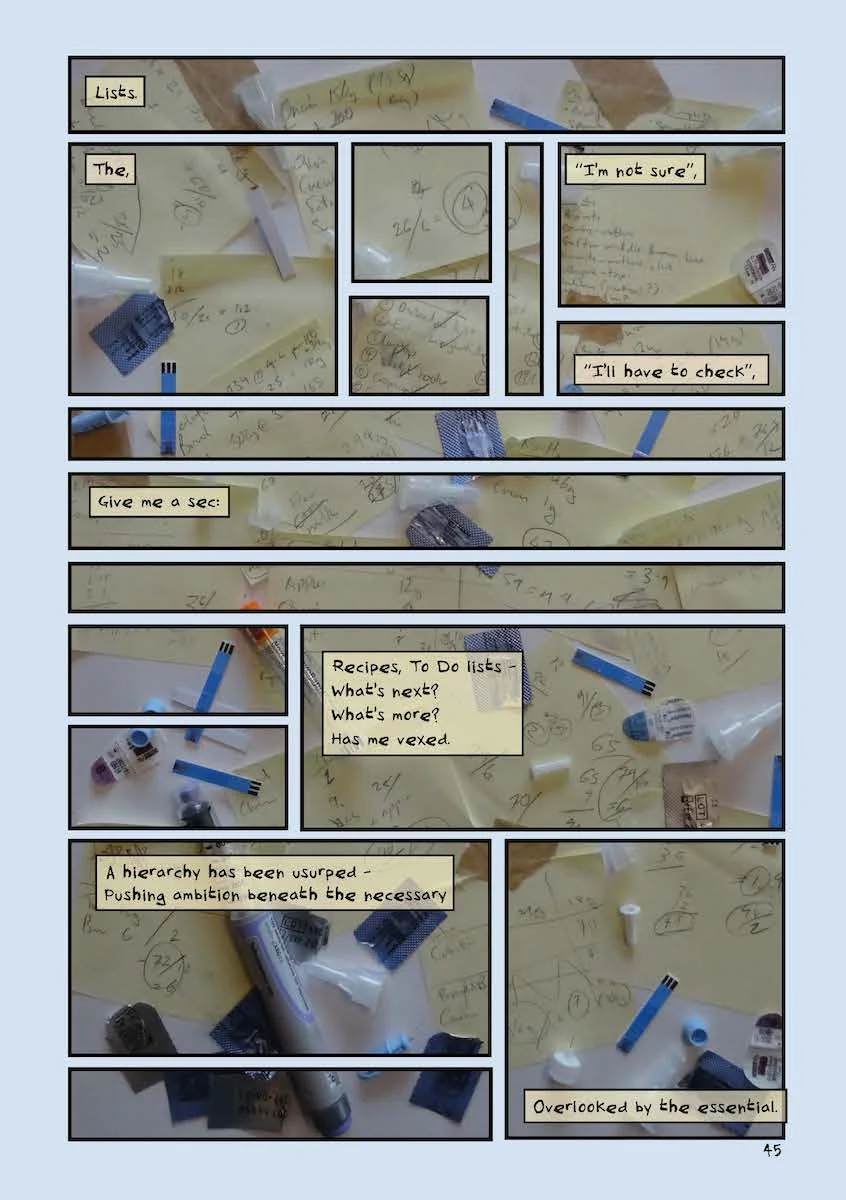
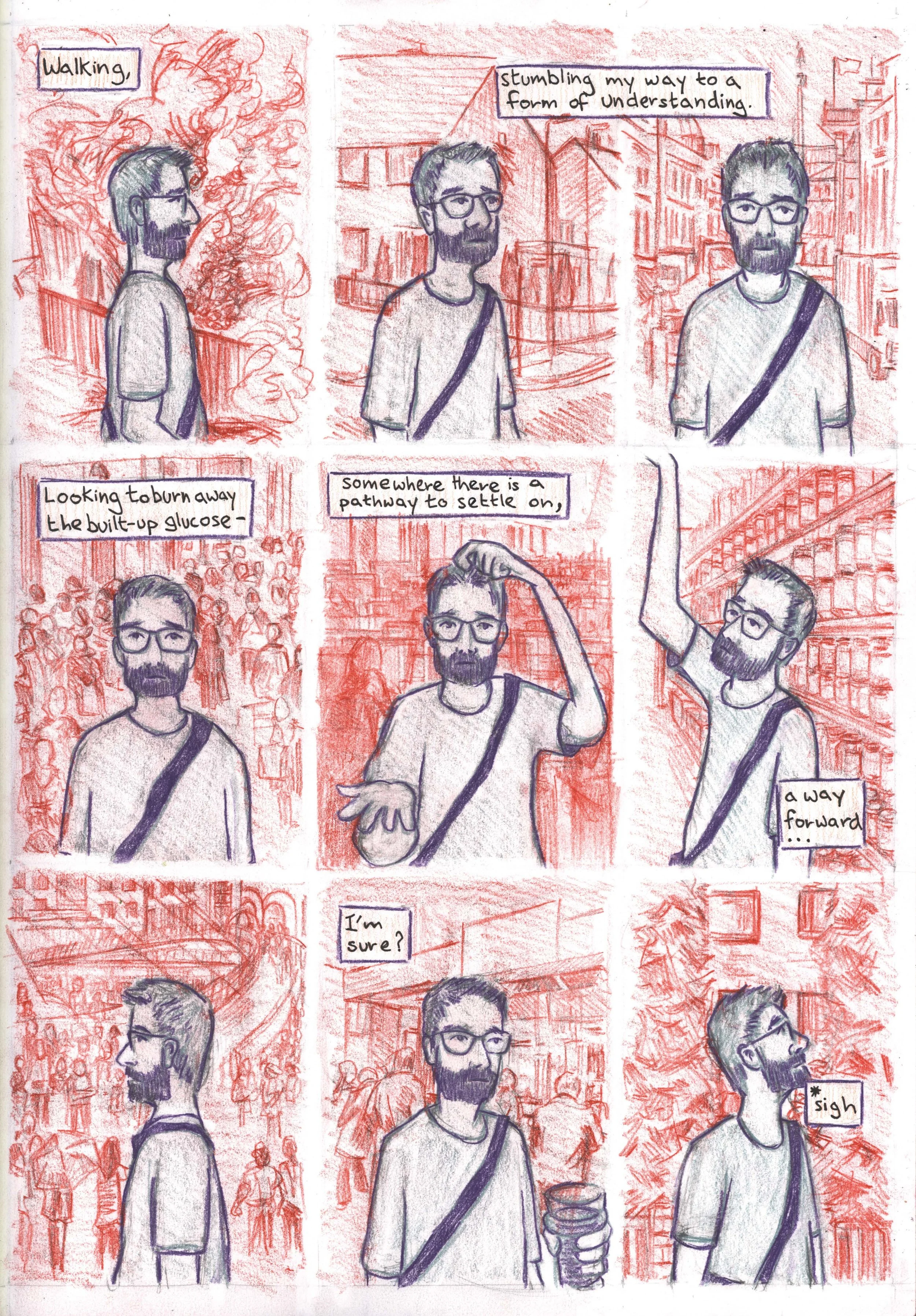
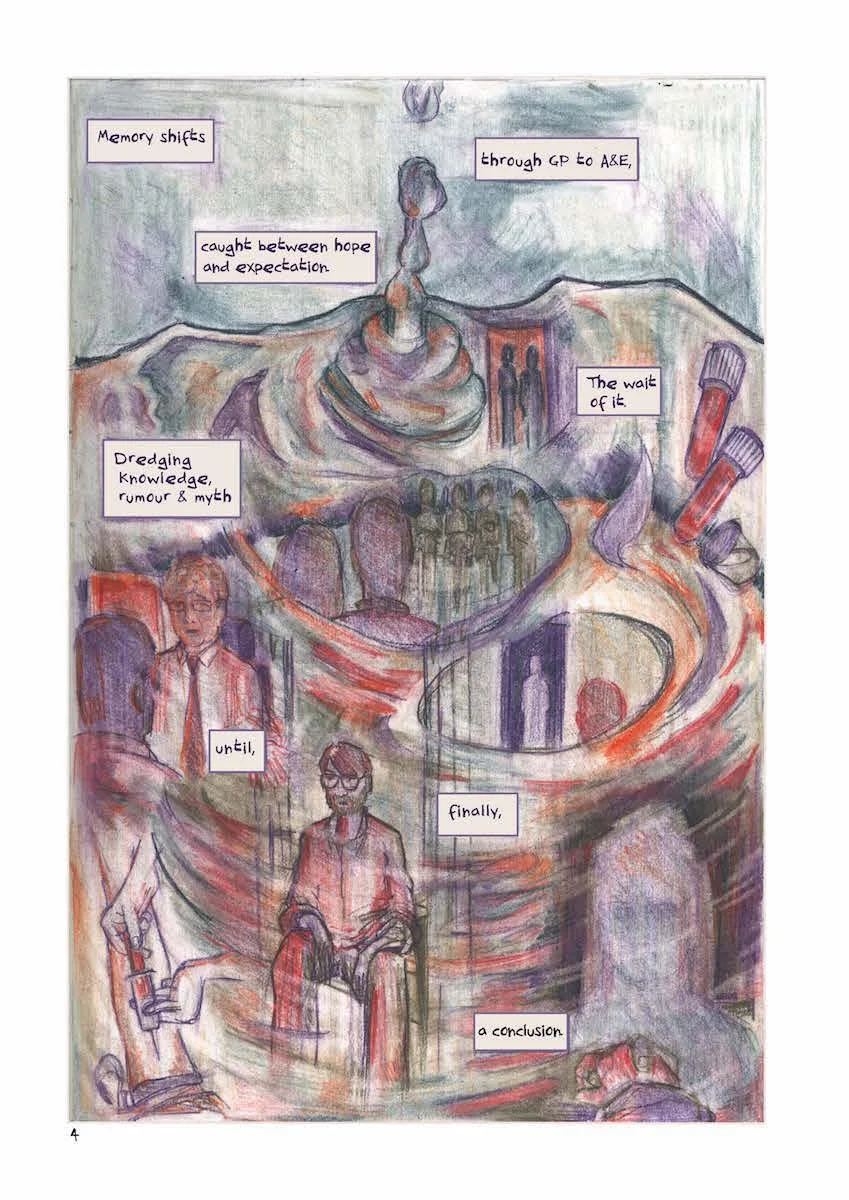
![[fig.1] Diabetes: Year One; page 4&5.](https://images.squarespace-cdn.com/content/v1/521735b4e4b0563499dc8f68/1549272089740-QMFRU5OZX4Y8ZVWF1L5X/IMG_7248.JPG)
